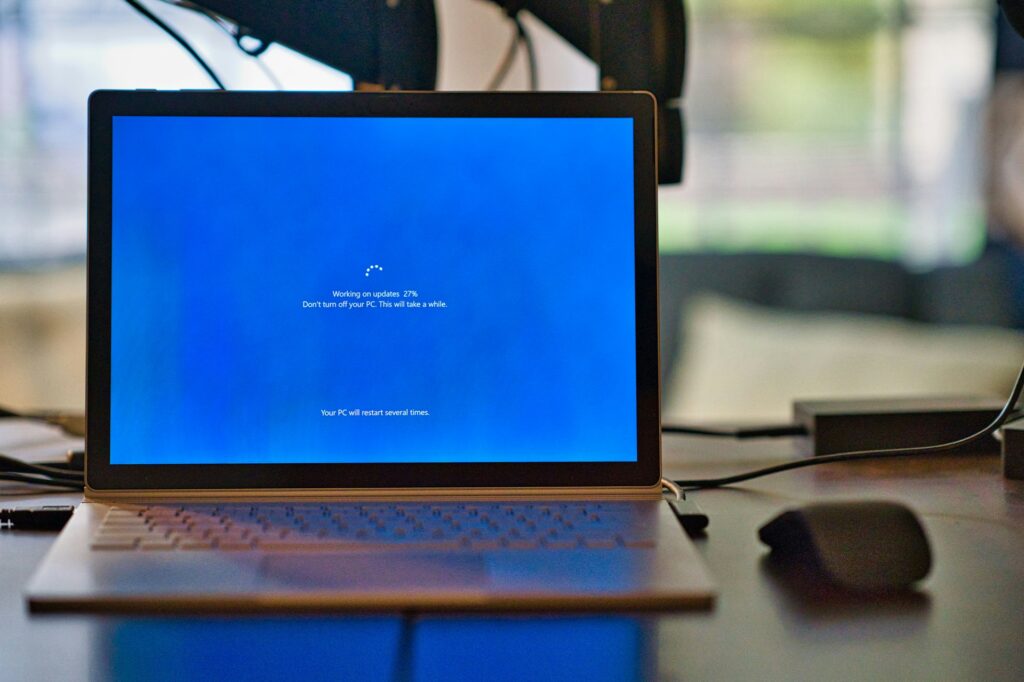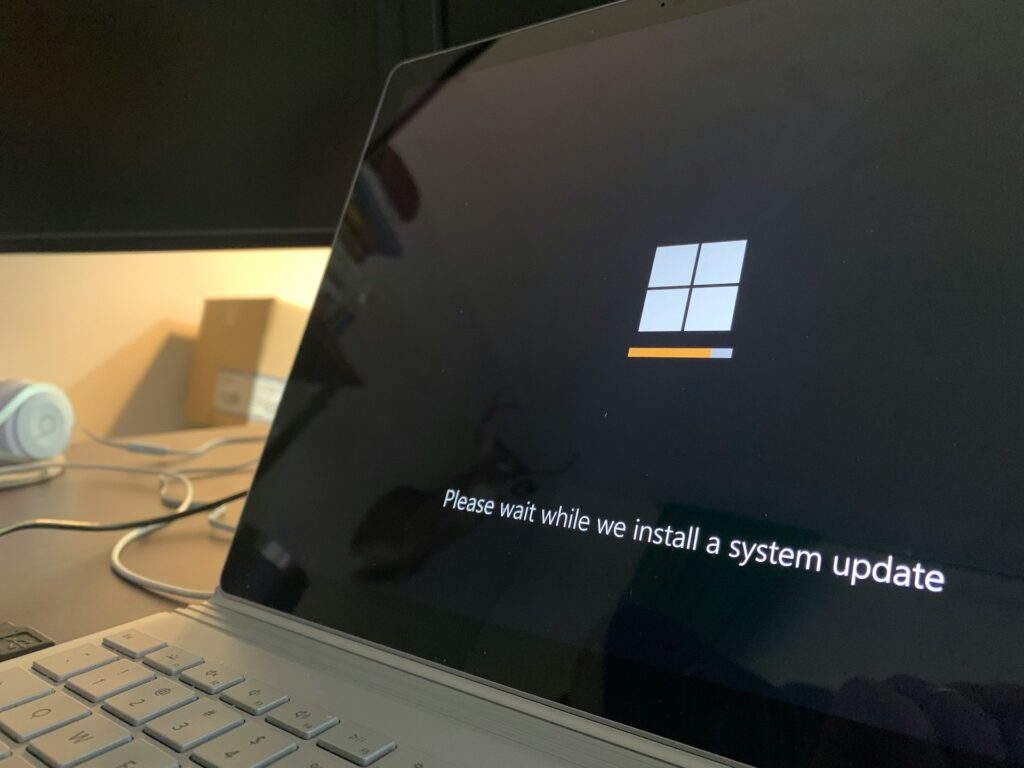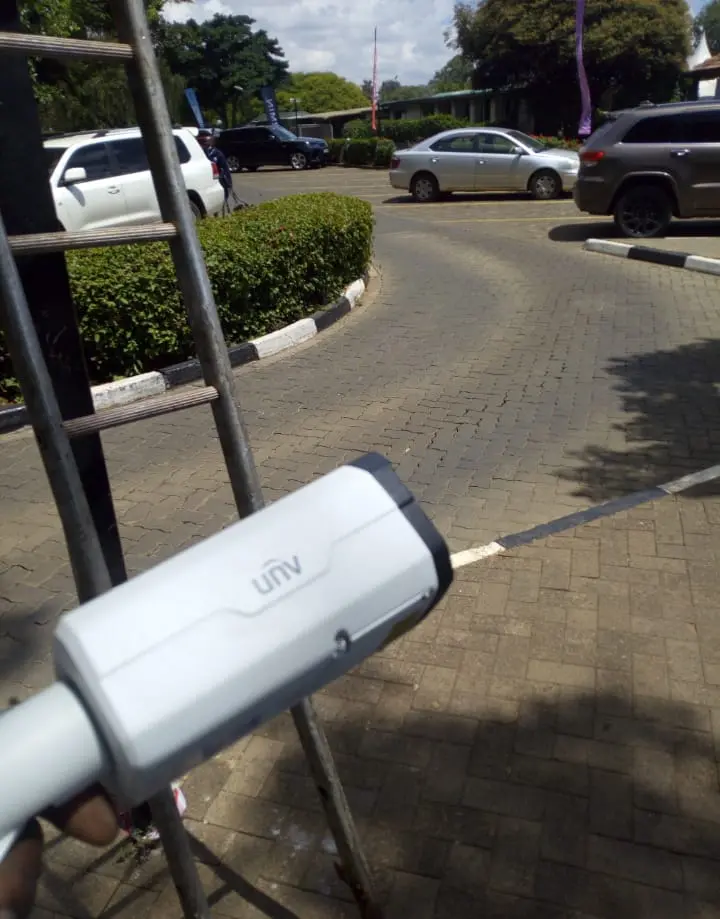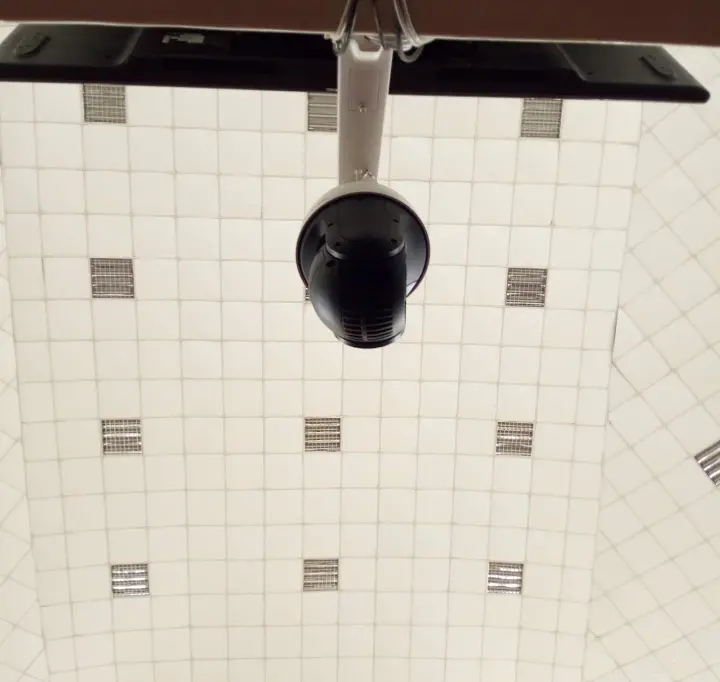Microsoft Urges Windows 10 Users to Upgrade Ahead of 2025 Deadline.
Windows 10 Support Will End on October 14, 2025. Microsoft has officially announced that support for Windows 10 will conclude on October 14, 2025. After this date, the operating system will no longer receive security updates, feature enhancements, or technical assistance. This applies to all mainstream editions, including Home, Pro, Enterprise, and Education.

Implications of End of Support For Microsoft Windows 10.
While your Windows 10 PC will continue to function beyond the end-of-support date, it will become increasingly vulnerable to security risks such as viruses and malware due to the absence of regular security patches.

Additionally, software developers may gradually cease providing updates compatible with Windows 10, leading to potential application incompatibilities and reduced functionality over time.
Options Moving Forward After End Of Life For Windows 10
After Windows 10 reaches its end of life on October 14, 2025, users have several options to stay secure and up to date. The best option is upgrading to Windows 11, provided your device meets the system requirements.

If your hardware is incompatible, you can either purchase a new PC with the help of Boardtac Solutions IT Experts with Windows 11 pre-installed or consider Extended Security Updates (ESU), which Microsoft offers for a fee to extend critical security updates. Alternatively, users can explore Linux distributions as a free, lightweight alternative. Continuing to use Windows 10 without security updates poses serious risks, so planning an upgrade or transition is crucial.
To maintain a secure and up-to-date computing environment, consider the following options:
- Upgrade to Windows 11: Microsoft recommends transitioning to Windows 11, which offers enhanced security features, improved performance, and access to the latest updates. Before upgrading, ensure your current hardware meets the system requirements for Windows 11. Microsoft
- Purchase Extended Security Updates (ESU): For users unable to upgrade immediately, Microsoft offers an Extended Security Update program. This service provides critical security updates for Windows 10 beyond the official end-of-support date. As of October 2024, consumers can purchase a single year of ESU for $30, while businesses have options to extend up to three years at varying costs. The Verge
- Invest in New Hardware: If your current device doesn’t support Windows 11, it may be an opportune time to invest in a new PC that meets the necessary specifications. Modern devices come equipped with advanced features and improved security measures, ensuring a more robust computing experience. Microsoft
Preparing for the Transition From Windows 10 To Windows 11:
To ensure a smooth transition before October 14, 2025:
- Assess Hardware Compatibility: Use Microsoft’s PC Health Check tool to determine if your device meets Windows 11 requirements.
- Backup Important Data: Before upgrading or migrating to a new device, ensure all essential data is backed up to prevent potential loss.
- Stay Informed: Regularly check official Microsoft communications and trusted tech news sources for updates regarding Windows 10 and Windows 11.
By proactively planning and understanding your options, you can navigate the end of Windows 10 support effectively and maintain a secure, efficient computing environment.
Why Is Microsoft Ending Support for Windows 10?
Microsoft is ending support for Windows 10 on October 14, 2025, as part of its standard product lifecycle policy. The company typically provides 10 years of support for its operating systems, including five years of mainstream support and five years of extended support.

With the launch of Windows 11, Microsoft is shifting its focus to newer technologies, enhanced security features, and modern hardware compatibility. Ending support for Windows 10 allows Microsoft to allocate resources toward innovation and maintaining a more secure, efficient computing environment. After the end-of-support date, Windows 10 devices will no longer receive security updates, making them increasingly vulnerable to cyber threats.
Additionally, Microsoft is focusing on Windows 11, its latest operating system, which was released in October 2021. Windows 11 introduces new features, improved security, and a modernized user interface, making it the natural successor to Windows 10.
What Are the Risks of Continuing to Use Windows 10 After 2025?
After October 14, 2025, continuing to use Windows 10 poses several risks, primarily due to the lack of security updates and technical support. Without regular patches, your system becomes vulnerable to cyber threats such as viruses, malware, and ransomware, increasing the likelihood of data breaches and system compromises.

Additionally, software developers will gradually stop supporting Windows 10, leading to compatibility issues with newer applications and drivers. As a result, performance may degrade over time, and certain features may stop working. Businesses and individuals who rely on Windows 10 should consider upgrading to Windows 11 or purchasing extended security updates to mitigate these risks.
- Security Vulnerabilities: Without security updates, your system will be more susceptible to malware, ransomware, and other cyber threats.
- Compatibility Issues: New software and hardware may not work properly on an unsupported OS.
- Regulatory Compliance: Businesses using Windows 10 after its end of support may fail to meet industry compliance standards, such as GDPR or HIPAA.
- Lack of Technical Support: If you encounter issues, Microsoft will not provide assistance.
What Are Your Options?
If you’re currently using Windows 10, you have several options to prepare for the end of support:
1. Upgrade to Windows 11
- Check if your device meets the system requirements for Windows 11:
- A compatible 64-bit processor (1 GHz or faster with 2 or more cores).
- 4 GB of RAM or more.
- 64 GB of storage or more.
- UEFI firmware with Secure Boot capability.
- TPM (Trusted Platform Module) version 2.0.
- If your device is compatible, you can upgrade to Windows 11 for free through Windows Update.
2. Purchase a New Device
- If your current device doesn’t meet the requirements for Windows 11, consider investing in a new PC or laptop that comes pre-installed with Windows 11.
3. Switch to a Different Operating System
- If you’re open to alternatives, you could explore other operating systems like Linux (e.g., Ubuntu, Fedora) or macOS (if you’re using Apple hardware).
4. Continue Using Windows 10 (Not Recommended)
- While you can technically continue using Windows 10 after October 2025, it’s not advisable due to the security risks. If you must, consider using robust antivirus software and disconnecting the device from the internet.
What About Windows 10 LTSC (Long-Term Servicing Channel)?
For enterprise users, Microsoft offers the Windows 10 LTSC version, which provides extended support beyond the standard end-of-support date. The current LTSC version (2021) will receive security updates until January 12, 2032. However, LTSC is designed for specialized systems and is not intended for general consumer use.
How to Prepare for the Transition
- Check Compatibility: Verify if your device can run Windows 11 using the PC Health Check app from Microsoft.
- Backup Your Data: Before upgrading, ensure all your important files are backed up to an external drive or cloud storage.
- Plan for Upgrades: If you’re a business, start planning your transition to Windows 11 or newer systems to avoid last-minute disruptions.
- Stay Informed: Keep an eye on official announcements from Microsoft for any changes or extensions to the support timeline.
Microsoft wants $30 to let you keep using Windows 10 securely for another year
118 days agoThe VergeMicrosoft tries to convince Windows 10 users to buy a new PC with full-screen prompts98 days agoThe VergeMicrosoft would really like you to stop using Windows 10 this year
















